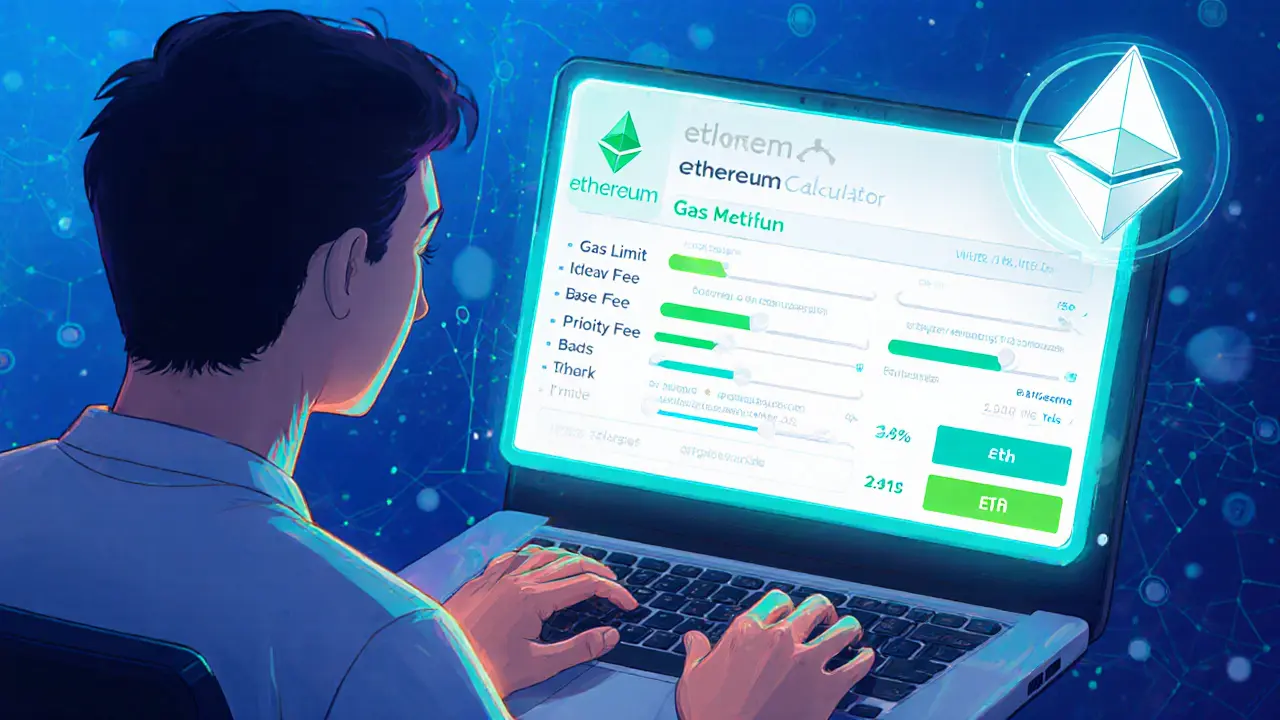When you hear Layer 2 fees, the extra cost you pay to move transactions through a scaling network that sits on top of a base blockchain. Also known as L2 fees, they let users enjoy faster, cheaper trades while still relying on the security of the main chain. Layer 2 fees are a key metric for anyone swapping tokens, providing liquidity, or just sending crypto across a network.
One of the biggest players behind those costs is Layer 2 solutions, technologies like rollups, sidechains, and state channels that bundle many transactions before they hit the base layer. Rollups, for example, compress data so the base chain only sees a summary, which slashes the amount of gas needed. Sidechains run their own consensus but still let assets move back to the mainnet with a single bridge call. Because these solutions handle most of the work off‑chain, the fees you see are usually a fraction of what you’d pay on Ethereum directly. In short, Layer 2 solutions enable lower fees while preserving security.
Knowing the exact number to expect isn’t magic—it’s a skill you can develop with transaction fee estimation tools, software that predicts gas prices by analyzing recent network activity and protocol rules. Tools like gas stations, API services, or on‑chain explorers give you a real‑time snapshot of what the next block will cost. Using them before you add liquidity or swap on a DEX helps you avoid surprise spikes. In practice, fee estimators require data from the underlying blockchain, so they work best when the base layer’s load is stable.
The base layer—most often Ethereum, the original smart‑contract platform whose gas market drives many Layer 2 economies—still sets the ceiling for how cheap a Layer 2 can get. When Ethereum’s gas price climbs, even rollups feel the pressure because they need to settle their bundled data on the mainnet. That means Layer 2 fees are influenced by Ethereum’s congestion. Understanding that relationship helps you time your moves: low‑activity periods on Ethereum usually translate to the lowest fees on the connected L2 networks.
The articles that follow break down real‑world examples of Layer 2 fees across popular platforms. You’ll see DEX fee comparisons on Polygon, Binance Smart Chain, and other rollup‑based ecosystems, deep dives into fee‑estimation tools, and step‑by‑step guides on how to calculate the total cost of a trade. Whether you’re after a quick swap, a yield‑farming strategy, or just want to gauge the impact of upcoming Ethereum upgrades, the posts give you concrete numbers and actionable tips. Explore the list to see how each protocol’s fee model stacks up and pick the right tool for your next transaction.

A 2025 deep dive comparing Ethereum gas fees to other blockchain costs, covering fee formulas, Layer2 impact, practical savings tips, and future outlook.